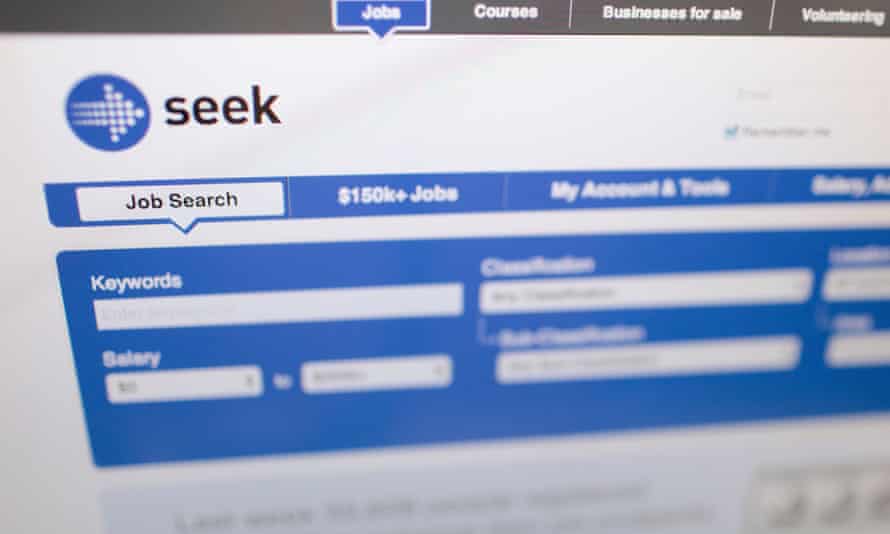Extract from The Guardian
A record 828,200 people need more than one job to make ends meet, and it’s those secondary jobs that have powered the ‘recovery’

‘While there has been a sizeable recovery in jobs since the middle of last year, the big reason is people working a second or third job.’
Last modified on Sun 13 Jun 2021 06.20 AEST
Recessions always change the way we work, and the pandemic recession, while shorter than those in the past, is set to be no different.
The most common victim of recession is male full-time work.
Prior to the 1990s recession over 80% of men aged 25-64 worked full-time – within three years it had fallen to below 74%. And it never recovered. Even at the peak of the mining boom it never got back above 76%.
The GFC reduced it again. Before the pandemic it was down to 73.3%, and now it is 72.5%.
But while the drop in such work has not been as great as in past recessions, what the latest quarterly labour account figures show is that while there has been a sizeable recovery in jobs since the middle of last year, the big reason is people working a second or third job.
We don’t talk much about working poor here in Australia. It is much more of an American focus – especially given their paltry minimum wage of US$7.25 an hour compared with our A$19.84 (which even in US dollars would still be around double at US$15.30).
But no one really works more than one job unless they need the money.
Yes, there are plenty of people like myself who work more than one job and enjoy both, but that is my good fortune rather than choice. It would, however, be taking an absurdly optimistic view of the data to think that the result of the pandemic has been a surge of people just wanting to work two or more jobs for the fun of it.
In the first three months of this year a record 828,200 people held multiple jobs. And given during the same period there were actually 1.08 million “secondary jobs” – jobs which were not the worker’s main source of employment – that suggests there were around 249,000 people working more than two jobs – also a record, and 26% above a year before.
Graph not displaying properly? Click here
Between March and June last year main jobs fell by just over 5%, but secondary jobs fell by 20%.
Since then, main jobs have increased 3.3%, while secondary jobs have surged 34%.
There are still nearly 300,000 fewer “main” jobs compared with before the pandemic hit.
Pretty much the only industries that have seen any significant increase in main work has been (unsurprisingly) health and social care, and professional, science and technical services.
There are, however, some 75,320 more “secondary” jobs than there were at the start of last year, and overwhelmingly they are in administration and support.
That is not wholly surprising either because that industry has the highest number of people working a secondary job. Prior to the pandemic, just over a quarter of people working in admin and support were doing so as a secondary job; now it is up to 32%.
All up now 7.5% of all jobs in Australia are secondary ones and 6.3% of all workers work more than one job (around 1.2% work more than two).
This is where we get to the sense of working poor – those who have a job, but find they need another (or more) to make ends meet.
And this need for more work has actually powered the “recovery”.
Since the nadir of job losses last June, secondary jobs have accounted for nearly 40% of all recovered jobs.
It is recovery which certainly is good to see, but the increase in secondary work clearly shows that more people than ever are unable to get by on just one income – and that good paying full-time or part-time work is less available than in the past.
The hope of course is that this is just a blip – that once the pandemic impact fully washes away, we will return to previous levels.
But what all recessions in the past have shown is that the changes that occur in the workplace because of a recession mostly stay even after the recovery.
No comments:
Post a Comment